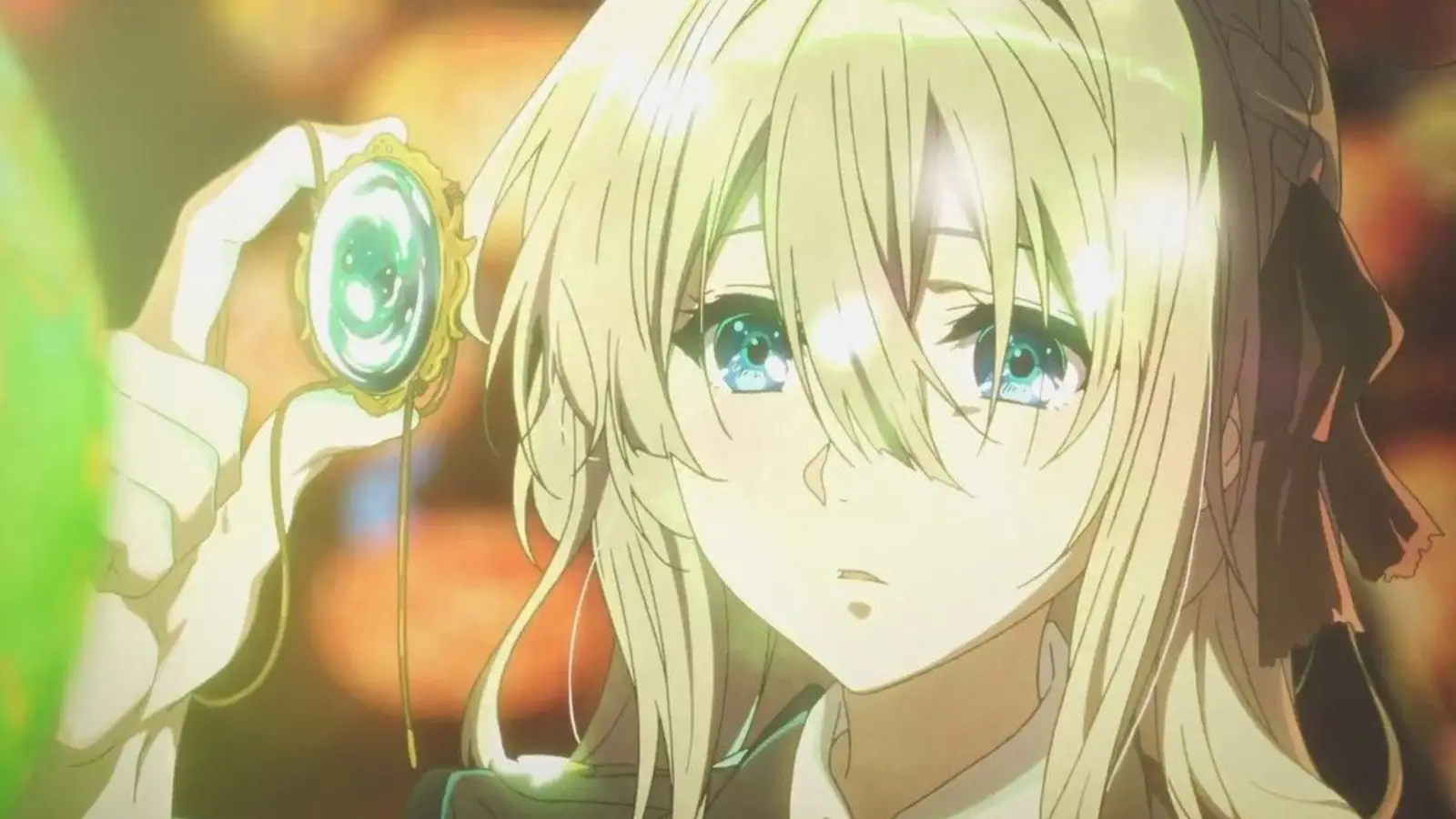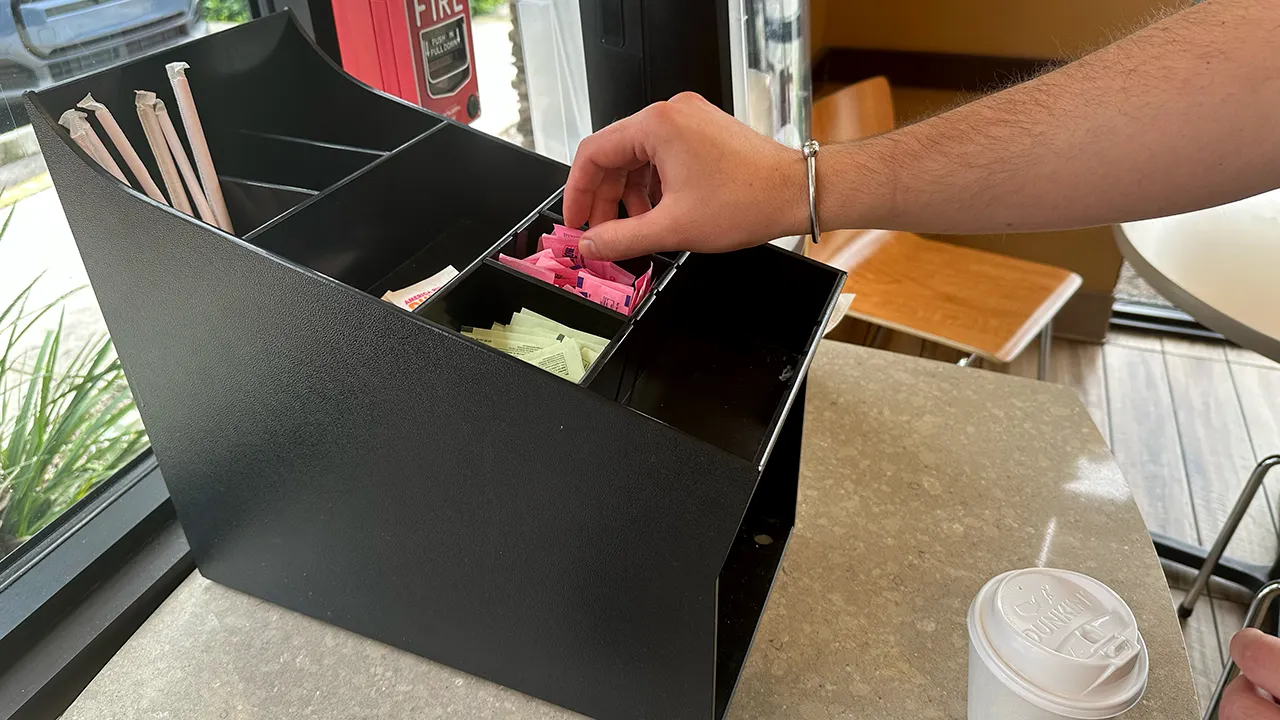
Due to the vivid and realistic portrayal of anime characters, with mannerisms that convey more than any dialogue could, anime often achieves emotional resonance that is incomparable to other media. Viewers unknowingly bond with characters as the story unfolds, revealing more about their personalities, tragic histories, and stakes.
However, certain anime disrupt the pattern and manage to break hearts almost immediately, evoking sorrow from the start, which is a considerable risk to take. Frontloading sadness could easily make a viewer feel manipulated if they haven’t been given a reason to care.
However, these anime avoid that pitfall by premiering with painful yet concrete moments, turning loss and empathy into captivating narrative tools wherever they appear. They differ from slow-burn stories because they establish unshakable trust with the viewer from the start, before gradually building up to a sad conclusion.
Violet Evergarden
Violet Evergarden opens with a promise to devastate its audience by showing how a person whose sole reason for being was to serve in war can now learn to understand emotions through the power of words. In the first episode, Violet is a child soldier fresh from war, and still recovering.
She lost her arms during the war and now has mechanical prosthetics, which help her write letters for people who don’t know how to express their feelings. Violet is disconnected from emotions and doesn’t even understand the significance of the words “I love you.”
Made by Kyoto Animation, the anime’s every frame is detailed with emotion, like the sunlight on Violet’s metal fingers. These choices may seem inconsequential, but they culminate in creating an experience where grief and healing intertwine.
Elfen Lied
Where anime is concerned, few shows are infamous for the kind of emotional shock Elfen Lied begins with. The story follows Lucy, who has telekinetic powers and horns, as she uses violence to deal with her childhood trauma. The anime immediately shows how Lucy is stripped of her humanity, yet craves love and finds only cruelty.
The bloody massacre at the beginning is the polar opposite of scenes where Lucy’s alter ego, Nyu, bonds with Kouta. The anime doesn’t communicate subtly. It immediately shows how trauma has split Lucy into two, moving from overwhelming violence to tenderness. Rather than fearing Lucy for her violent side, viewers sympathize with her.
Erased
The true essence of a mystery anime lies in suspense, but what makes Erased so captivating is that it ties the central mystery to the survival of an abused child. The character at the story’s center, Satoru Fujinuma, possesses an ability he calls “Revival,” which allows him to travel back in time just before a tragic occurrence.
His ability sends him 18 years back, and he tries to save his classmate, Kayo, from murder. The story’s poignant themes become evident when the anime focuses on Kayo and her traumatic lifestyle. The atmosphere is cold and wintery, just like Kayo’s life at home. Where the anime could focus solely on solving a puzzle, saving Kayo leans into a didactic emphasis on empathy and kindness.
Vivy: Fluorite Eye’s Song
Vivy: Fluorite Eye’s Song leans heavily on technology, which can be a less natural route to an emotional story. However, the first episode employs a metallic and mechanical perspective to comment on the necessity of having a purpose.
Vivy, an AI songstress whose task is to prevent an AI-human war, is ideally meant to use music to bring happiness to people. Her reality, however, has her entering battles and facing tragedies her gentle nature isn’t suited to. At the start, the anime goes from Vivy singing joyfully to chaotic AI massacres. This shift reveals the fragility that Vivy must overcome.
Anohana: The Flower We Saw That Day
Anohana: The Flower We Saw That Day is a story of childhood friendship and unresolved grief, centered on Menma’s ghost, who returns years after she dies accidentally. In the first episode, her reappearance disrupts Jinta, and he struggles to believe it’s really her ghost as only he can see her.
Unlike other anime that reveal tragedy gradually, Anohana immediately makes it clear that Menma’s ghost isn’t just a metaphor, but a cheerful presence that triggers pain in her old friends. The anime is full of awkward conversations and silences, tears, and much evidence of how grief transforms the friends’ feelings and relationships from childhood into adulthood.
Plastic Memories
Plastic Memories takes on the inevitability of saying goodbye. The story is centered on Giftias, androids with the appearance and emotions of humans but a lifespan of about nine years. The story opens with Tsukasa and the soft-spoken Giftia, Isla, as she approaches the end of her time.
Their first mission is to retrieve a Giftia from a grieving family, and the anime handles this sequence with a tenderness that preludes the sadness packed into the entire story. Even though Doga Kobo, the studio behind Plastic Memories, is more popular for its lighthearted romances, it delivers a thoughtful take on characters bracing for pain.
Your Lie in April
For most of the story, Your Lie in April disguises heartbreak as artistic awakening. Kousei, who was once a piano prodigy, loses his mother and finds himself adrift. That is, until he meets Kaori, a violinist who reawakens his passion for music. The beginning is marked by colorful musical performances, but also hints at tragedy.
Kaori’s sickness becomes a factor that leaves the audience fearing for her death, and Kousei’s reaction to it. Your Lie in April is more symbolic than other anime with a similar premise; it helps the anime focus on the dynamic between Kousei and Kaori, as her illness constantly hints at a painful ending.
Tokyo Magnitude 8.0
One of the most harrowing depictions of a natural disaster in anime, Tokyo Magnitude 8.0 opens with an earthquake that turns the lives of siblings Mirai and Yuuki from ordinary to a shattered mess. Produced by Studio Bones and Kinema Citrus, the anime feels like a documentary of a realistic tragedy.
Mirai’s frustration with her family just before the earthquake makes it seem like she inadvertently summoned suffering. Unlike other disaster anime that focus on action, Tokyo Magnitude 8.0 shows how everyday lives are disrupted and transformed. This lends the story the authenticity that makes it so heartbreaking from the very beginning.
Clannad: After Story
Clannad: After Story continues Tomoya and Nagisa’s romance in Clannad. Even though the anime lays a lot of the groundwork in the first part, Clannad: After Story deepens the hardship and loss in the story. Nagisa’s health fails, and Tomoya struggles as a young father.
The heartbreak comes from how normal everything feels right before Tomoya’s life is torn apart by the deaths of the people he loves. He goes from celebrating graduation and childbirth to being crushed by illness and separation. In Clannad: After Story, love and despair must coexist, and Tomoya’s happy ever after grows into real life with grief and suffering.
Angel Beats!
Angel Beats! is built on the idea that even in death, unfinished regrets can still bind people together. The beginning of the story takes viewers into a strange afterlife high school, where Otanashi, whose recent death is the catalyst, meets a group called the SSS, which is rebelling against Angel.
The comedy and action in the story attempt to mask the emotional weight and trauma that the characters all carry from their lives. Their lives were all marked by abuse, unfulfilled dreams, wasted youth, and accidents. Rather than turning death into a spectacle, Angel Beats! uses it as catharsis and a vehicle to explore sorrow.



